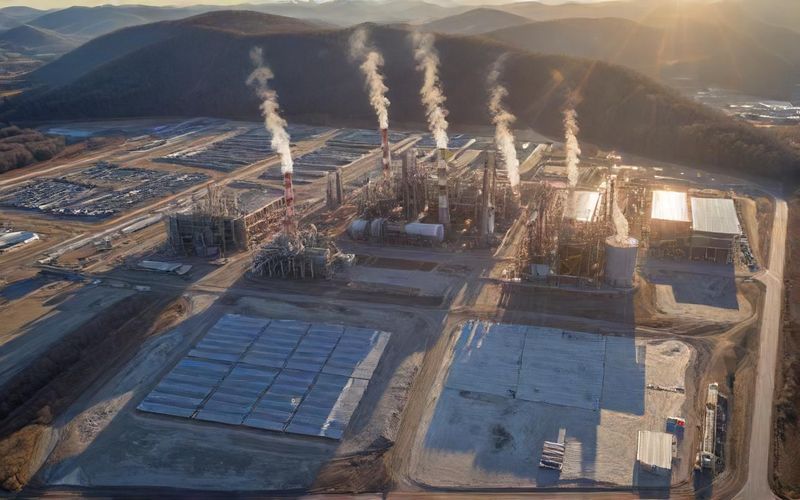Mortgage Rates Stuck: Why Fed Cuts Aren't Helping

This persistence is, frankly, baffling to many. According to surveys, a significant chunk of potential homebuyers – nearly 40% – feel that anything above 6% is simply beyond their comfortable purchasing power. It creates this frustrating disconnect: the Fed is trying to loosen the purse strings, but the actual cost of borrowing for a home remains high. Why this disconnect? It’s not the Fed’s benchmark rate that dictates mortgage rates directly, but rather the yields on long-term Treasury bonds. Think of it as a ripple effect; the Fed influences the pond, but the ripples that reach the shore, where mortgage lenders stand, are shaped by other forces.
Right now, those forces are keeping Treasury yields elevated. We’re talking about a complex brew of economic uncertainties: persistent inflation concerns, the specter of new tariffs, potential government shutdowns that obscure vital economic data, and a growing federal deficit. Investors, understandably, want more compensation for holding onto long-term U.S. debt amidst such a climate. This increased demand for higher returns on Treasury bonds translates directly into a wider "spread" – the gap between Treasury yields and mortgage rates – which has remained wider than usual, thus keeping mortgage rates elevated. As one expert, Melissa Cohn, put it, for those coveted 5.5% mortgage rates to become a reality, the 10-year Treasury yield would need to plummet to around 3.5%, a scenario that current outlooks simply don't support.
This isn't just academic for those hoping to buy a home. It means the dream of homeownership is being deferred, put on hold, or even entirely re-evaluated. It’s the young couple saving diligently, the family looking to upgrade, the individual seeking stability – all seeing their aspirations potentially pushed further out of reach by these persistent rates. The market, as a result, has been in a slump, with home sales hitting lows not seen in decades. While there was a brief acceleration in sales recently as rates dipped slightly, it’s a fragile momentum, easily disrupted by any upward tick, like the one we’ve seen this past week where rates nudged up a few basis points.
What’s particularly frustrating is that the economic signals are mixed. We see evidence of a slowing economy, which traditionally should pull investors toward safer assets and thus lower Treasury yields, subsequently bringing down mortgage rates. Yet, this hasn’t fully materialized. The very act of trying to gather reliable economic data becomes more challenging when government shutdowns loom, adding another layer of opacity to an already complex financial landscape. It leaves many feeling like they’re trying to navigate a financial maze with incomplete maps.
So, where does this leave us? The consensus seems to be that significant drops in mortgage rates are unlikely in the immediate future. The economics driving these rates are multifaceted, and while the Fed plays a role, its influence isn't a direct conduit to lower home loan costs. For homeowners who bought when rates were sky-high, the idea of refinancing into a lower rate is also becoming less appealing. With a significant majority of mortgages already locked in at rates below 6%, and over half below 4%, a rate needs to drop substantially – and stay there – to make refinancing financially compelling after closing costs. It’s a delicate balancing act, and for many, the scales just aren’t tipping in their favor.
This stagnant environment forces us to ask: what will it truly take to unlock the housing market? Will it require a more significant economic slowdown, a more aggressive stance from the Federal Reserve, or perhaps a fundamental shift in how investors perceive long-term U.S. debt? Or will we continue to see this prolonged period of affordability challenges, reshaping the landscape of homeownership for a generation?








